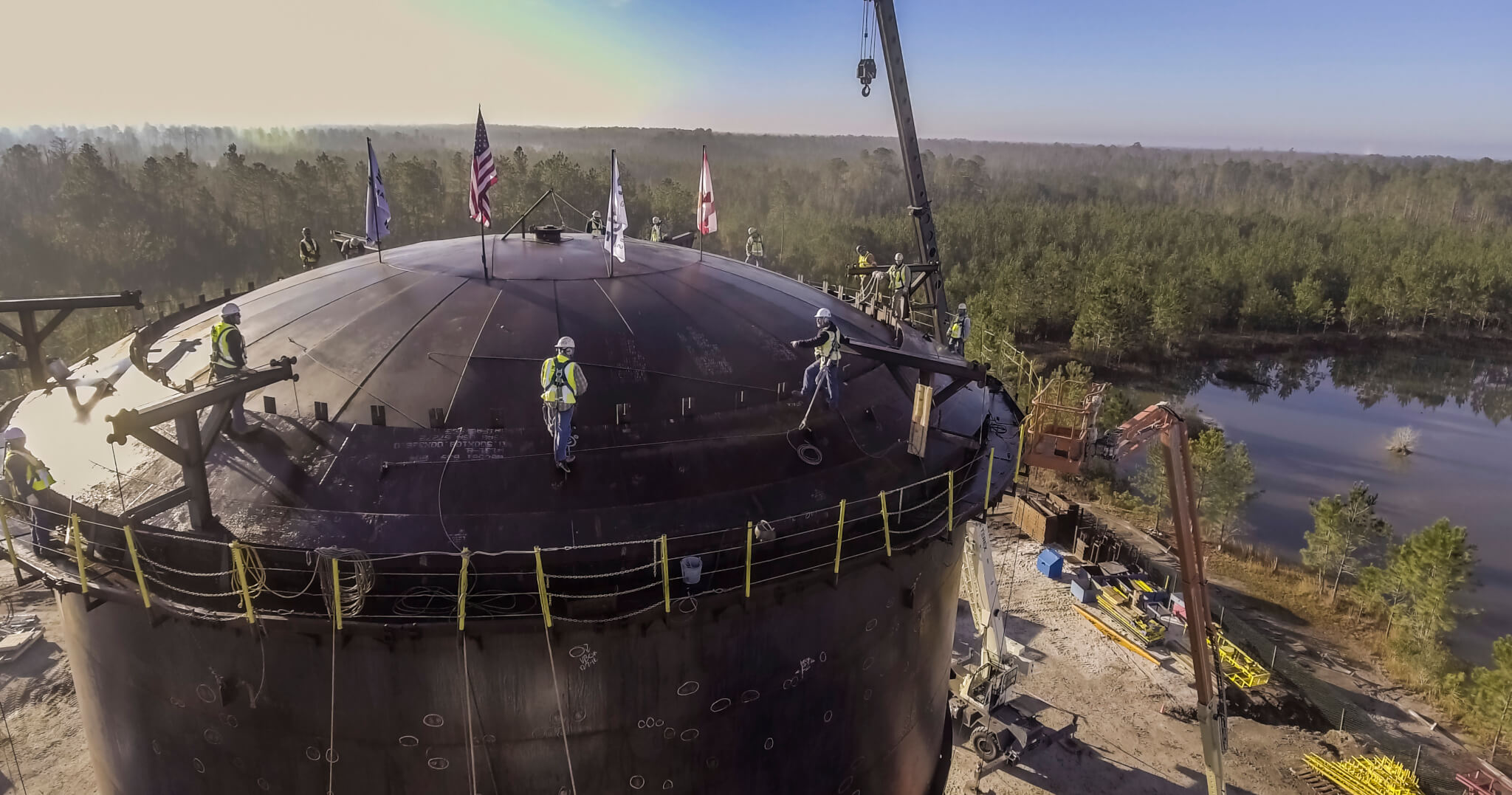3506 3 1 construction of the inner vessel.
Liquid nitrogen storage tank regulations.
This code shall not apply to the following.
Result from exposure to liquid nitrogen or cold nitrogen vapors.
28th august 1992 accident summary.
This code shall apply to the installation storage use and handling of compressed gases and cryogenic fluids in portable and stationary cylinders containers equipment and tanks in all occupancies.
Rupture of a liquid nitrogen storage tank japan.
Storage quantities vary from a.
Oxygen monitors protect laboratory workers while many people realize that the use and storage of liquid nitrogen and dry ice can present health risks they may fail to grasp the speed at.
Liquid nitrogen is stored shipped and handled in several types of containers depending upon the quantity required by the user.
1 off site transportation of materials covered by this code a 1 1 2 1 for regulations.
What is liquid nitrogen.
Another new safety related requirement is about restricting access to the laboratory.
The requirements address the risks and hazards associated with the use and storage of liquid nitrogen ln2 and dry ice and they apply to all laboratories in the laboratory biorepository and reproductive laboratory accreditation programs.
All labs that store or use liquid nitrogen must comply with the handling and storage requirements listed in this update.
Ln 2 liquid nitrogen is a cryogenic liquid and is the liquefied form of nitrogen gas at atmospheric pressure and subzero temperature.
The inner vessel of storage tanks in liquid hydrogen service shall be designed and constructed in accordance with section viii division 1 of the asme boiler and pressure vessel code and shall be vacuum jacketed in accordance with section 3506 3 2 3506 3 2 construction of the vacuum jacket outer vessel.
Liquid nitrogen is commonly used across monash university for the purposes of snap freezing and long term storage of biological samples and in cold traps on vacuum lines equipment.
Hazards associated with compressed gases include oxygen displacement fires explosions and toxic gas exposures as well as the physical hazards associated with high pressure systems.
Even a couple tanks of liquid nitrogen kept in a supply closet pose a safety risk because even a small leak can quickly displace a large amount of oxygen.
Containers liquid nitrogen is stored shipped and handled in several types of contain ers depending upon the quantity required by the user.
Special storage use and handling precautions are necessary in order to control these hazards.
The types of containers in use are the dewar cryogenic liquid cylinder and cryogenic storage tank.
This update includes information from the updated new york city fire code which implemented new regulations regarding the storage and use of cryogenic liquids including ln 2.
The failure resulted in the collapse of almost half of the manufacturing site and damage to houses and vehicles within a 400 metre radius.

